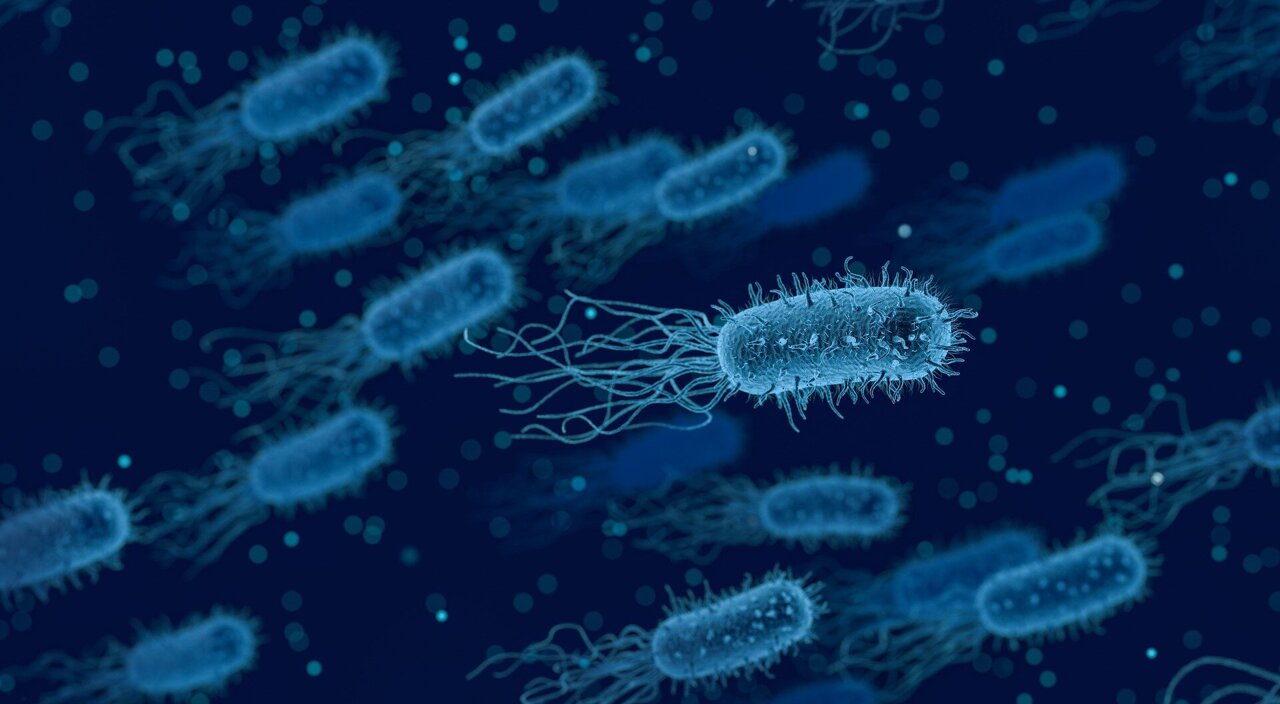Scientists Discover Bacteria's Remarkable 'Unicorn' Defense Mechanism Shielding It from Antibiotics

November 22, 2023
The following article demonstrates Science X's comprehensive editorial process and strict policies. As part of this process, our editors have focused on the below aspects to guarantee credible content:
- Fact-checked
- Peer-reviewed publication
- Trusted source
- Proofread
By Blake Dillon, McMaster University
Scientific investigators at McMaster University have unearthed unusual qualities in a bacterial mechanism that enables resistance to an imperative class of antibiotics. Detailed in the prestigious journal Nature Chemical Biology, their groundbreaking research reveals that the resistance of bacteria to aminoglycoside antibiotics, used commonly to manage multiple infections, is significantly more intricate than previously comprehended.
The research, led by Gerry Wright, Professor of Biochemistry and Biomedical Sciences at McMaster, disclosed unprecedented adaptability in ApmA, a bacterial resistance gene traditionally studied. Their findings suggest the gene possesses the unusual ability to equip bacteria with diverse capabilities to battle various antibiotics.
Professor Wright notes that of the several hundred known aminoglycoside resistance enzymes, only this singular one has conducted such surprising behaviour, likening the gene to a 'unicorn' due to its unique characteristics and capabilities.
Professor Wright, who is also part of the esteemed Michael G. DeGroote Institute for Infective Disease Research, explained that as aminoglycosides were among the first clinical antibiotics and the first effective treatment for tuberculosis, their widespread use since the 1940s has resulted in comprehensive bacterial resistance, with the exception of apramycin.
He asserts that the antibiotic apramycin usually circumvents most resistance mechanisms, marking it as a promising candidate for new clinical applications. However, the mechanism currently under study appears to be one the drug cannot avoid.
The recent finding from his laboratory holds considerable significance as apramycin is currently being evaluated in clinical trials. If it passes this phase, a full understanding of potential bacterial resistance will be pivotal in expanding its usage.
Professor Wright emphasises the need for awareness, asserting 'if we're going to bring this drug to market, then we['d] better know what the enemy is'. Further comprehension of this distinctive resistance mechanism could guide subsequent studies towards new versions of apramycin or tests that could detect ApmA in bacteria.
Journal References: Nature Chemical Biology
Supplied: McMaster University




